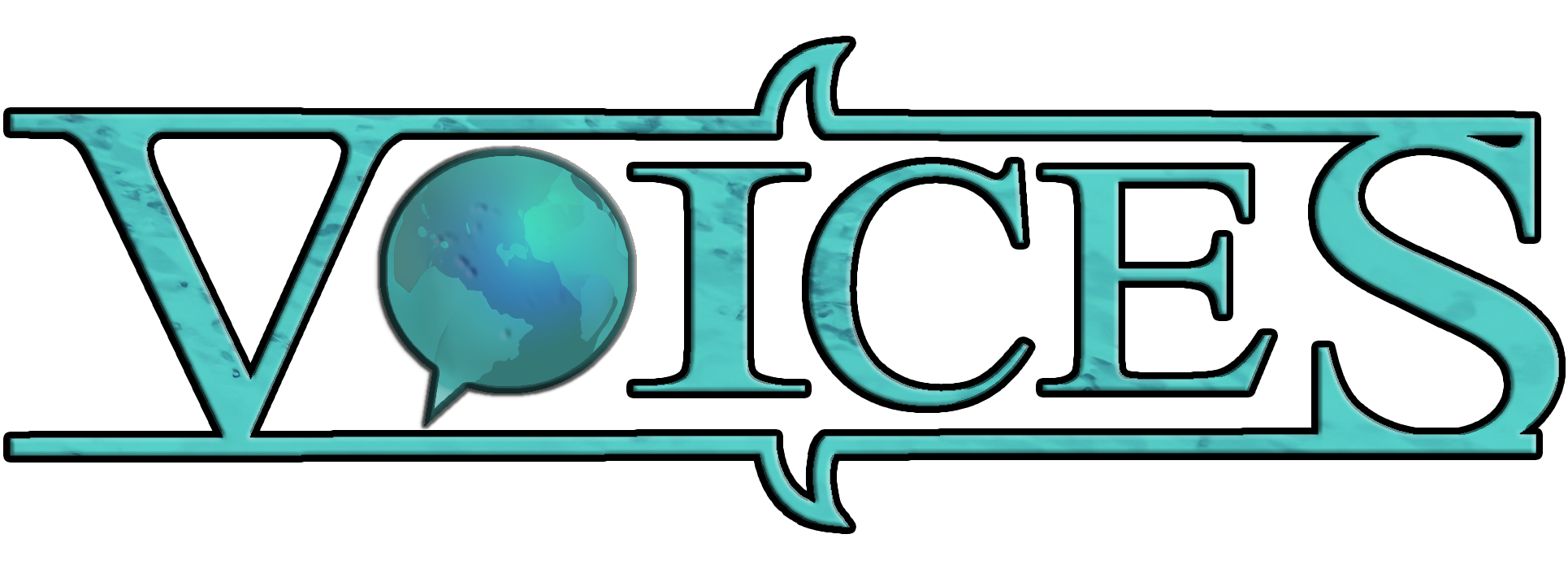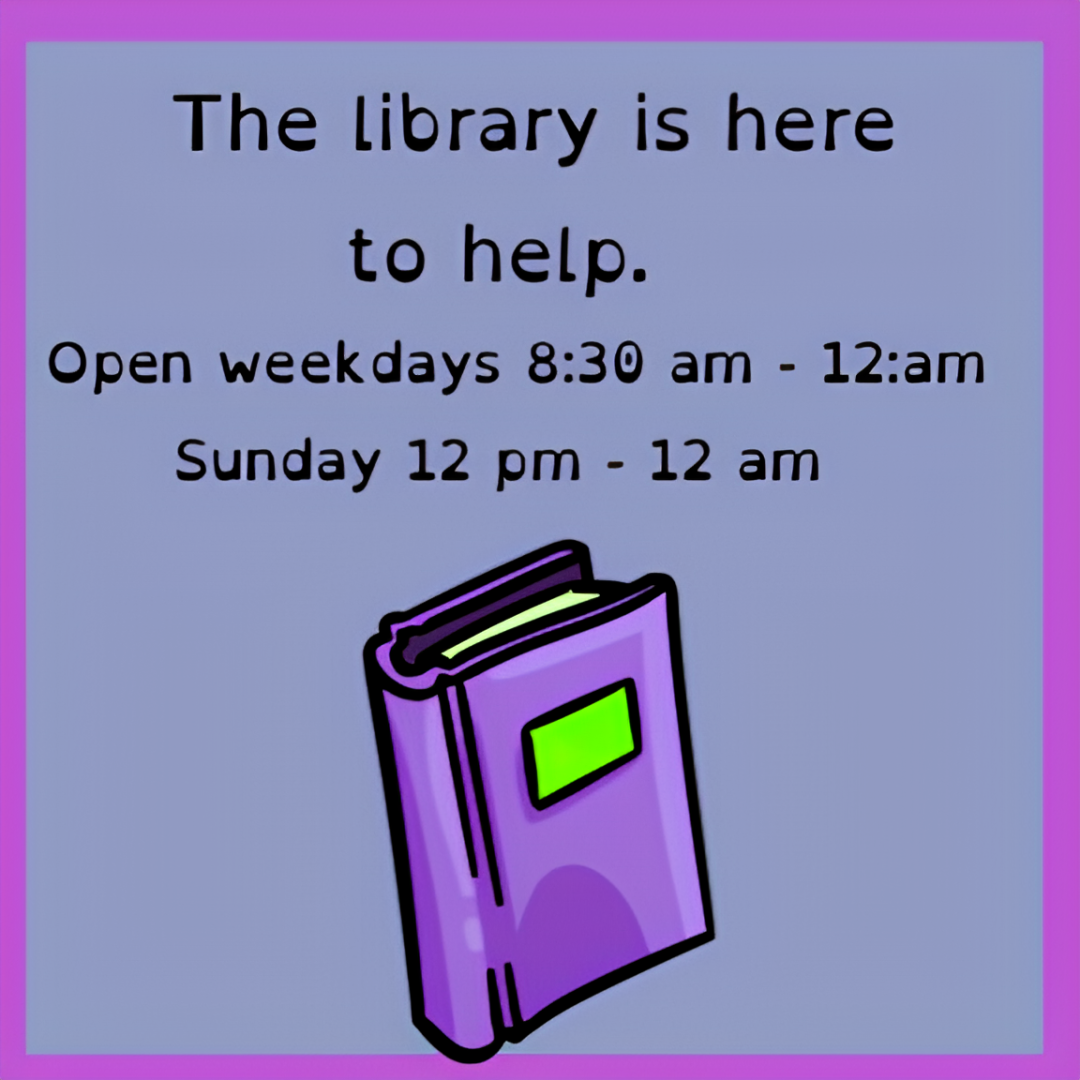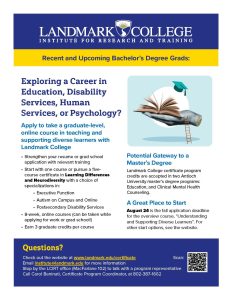Learning to Read
May 3, 2023
When I say I could not read in first grade, most people in my orbit assume I could not read complex sentences. This ability level was already considered below average or deficient. I, however, could not even string together the letters of words like “be” or “sit.” I struggled to memorize the sounds and symbols in the alphabet for most of first grade. Therefore, I was demoted into a class for children who could not read. While the school technically had a special-ed classroom, it consisted of three children with a teacher hidden away in the library. Around this time, my teachers threw words like “delayed” or “learning disability” at my parents.
Although I could not read, I grew up loving stories. When I was four, my dad started telling me an embellished version of The Hobbit by J.R.R Tolkien in which he turned all the men into little girls. Gollum became a sparkly goo monster, and the ring, which turned Bilbo invisible, had more to do with hiding from chocolate monsters than evil. By the time my dad revealed his stories were based on a series of books, I was hooked. I demanded he read me The Hobbit, which he did when I was five. After The Hobbit, he refused to read The Lord of The Rings. “It was too mature,” he said, completely unaware this is the exact opposite thing to tell a stubborn, small child. Through the power of persuasion, that I like to call “being a persistent and irritating small thing,” he caved, and at the dawn of first grade, he began The Fellowship of the Ring. I remember him on my right, as we snuggled together on my tiny mattress, trekking through Middle Earth.
The book was as large as my torso, with tall, glossy white pages and text that was just big enough for him to put his finger under the word he was reading. I would put my hand on top of his and play with his finger; sometimes, I would stare off into the distance as he read, but sometimes, and importantly, I would follow his finger with mine and stare at the letters as he read the words out loud. Sometimes the words were long, and I had to ask what they meant. When my dad taught me a new word, I felt I had uncovered a secret. Whenever I went up the stairs that year, I would proudly proclaim, “I am ascending the stairs!” When I went down, with the same enthusiasm, I would declare, “I am descending the stairs!” When my performance failed to elicit the desired response (applause), I would repeat my antics.
In late spring of that year, the most magical thing happened. Dad was reading along, finger under the words when I saw them for the first time. The way words worked. The way “T,” “H,” and “E” strung together to make “the.” The way sentences worked, like the strings that held the words together extended into a larger whole. The way the sentences fit with the ones next to them to flow and form a paragraph and eventually, an entire story.
At that moment, I asked if I could try. So, without missing a beat, I read a four-sentence paragraph from The Fellowship of The Ring. By the end of that night, I was finally reading.
From then on, I learned that through perseverance I could achieve what once seemed impossible. The same perseverance I learned as a seven-year-old has stayed with me throughout my academic journey. Just like in first grade, people put labels on me about what they think I am capable of. Through experiences such as learning to read and more recently by excelling in college, I learned that I am not defined by my challenges; I am defined by what I do to meet them.








MD • Nov 14, 2023 at 1:35 pm
It’s like I’m learning again! So often we take literacy for granted, but it was always a supplement to the little human beings we were and the lives we led before it mattered! I love how you capture the ‘aha’ moment as a sort of fairy tale ending. What a joy.